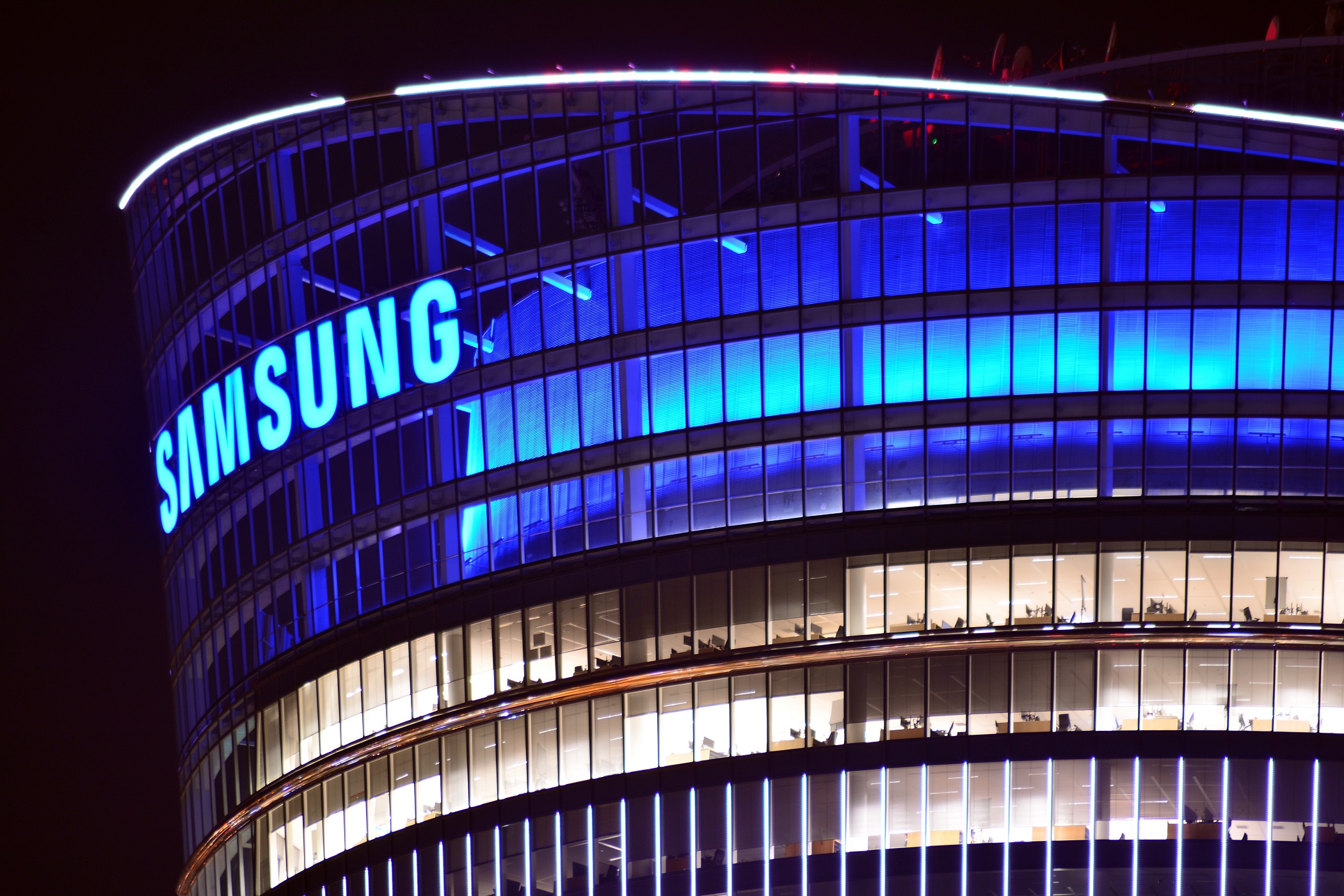
Samsung has secured its first major telecoms equipment deal in Europe, with Vodafone selecting the South Korean company to help create an open radio access network (Open RAN) in the UK which will enable the telco to extend its 5G coverage. It is the latest in a string of 5G deals Samsung has signed with mobile operators, as the company capitalises on the exclusion of Chinese equipment maker Huawei from many 5G networks.

Vodafone announced on Monday that Samsung is one of the vendors involved in creating what it describes as the first commercial deployment of Open RAN in Europe. The network will allow Vodafone to extend its 4G and 5G coverage across rural parts of Southern England and Wales, and eventually extending 5G into more urban areas.
“Open RAN provides huge advantages for customers,” said Johan Wibergh, Vodafone chief technology officer. “Our network will become highly programmable and automated meaning we can release new features simultaneously across multiple sites, add or direct capacity more quickly, resolve outages instantly and provide businesses with on-demand connectivity.”
As reported by Tech Monitor, Vodafone has been one of the most enthusiastic proponents of Open RAN, a set of open standards for building the equipment that underpins 5G and other communications networks. It is hoped this open approach will help accelerate the 5G roll-out by encouraging more vendors into the space, and Samsung is set to be one of the first beneficiaries.
Samsung 5G plan extends to Europe
Samsung will work with Vodafone and other vendors including Dell and NEC on the Open RAN network, providing virtualised RAN solutions and Open RAN-compliant radios. The deal marks a watershed moment for the electronics giant, which has been busy embedding itself in 5G networks around the world over recent months. In March it revealed it was supplying 5G kit to NTT Docomo, Japan’s largest mobile operator, and last autumn agreed to supply networking equipment worth $6.6bn to US operator Verizon.
Currently, Samsung is a minnow in the telecoms equipment market. It enjoyed just a 2% market share in 2020, and before this week it had yet to make an incursion into Europe, which is dominated by indigenous companies such as Nokia and Ericsson.
Ed Gubbins, principal analyst at GlobaData, says this makes the deal with Vodafone a “significant” one. “Samsung has been building momentum in recent years,” he says. “With a very strong base in Korea, a lot of traction in India and this upswing in the US, a looming question in the industry has been to what extent Samsung could also ramp up its presence in Europe in the 5G era.”
Huawei's market share is likely to dip in the coming years. Its products were banned from UK networks by the government last year because of security concerns about the company’s close ties to the Chinese authorities, mirroring action taken against Huawei in the US. EU countries are free to make their own decisions about whether to use Huawei gear, though the EU’s position is that incorporating such equipment into networks could present a security risk. It seems increasingly likely most states will look for alternative solutions, with France phasing out Huawei equipment from its networks over the next seven years, and Germany having passed a new law in April limiting the role of “untrustworthy” suppliers.
Mobile operators investing in 5G are on the look out for replacement vendors to fill the gap, and with Huawei and another banned Chinese provider, ZTE, out of the picture, Samsung could make hay, Gubbins says. “The Vodafone deal is a strong statement that Samsung appears to be a rising force in Europe at about the same time that Huawei and ZTE are seeing increased barriers there due to national security considerations,” he adds.
The arrival of Open RAN
The deal also marks an important moment in the development of Open RAN, says Paolo Pescatore, TMT analyst at PP Insight. “The growing support for this nascent technology which is vital for the future success of 5G and other networks down the road cannot be ignored,” he says. “It is important to foster an open, collaborative ecosystem of partners which will help encourage other vendors to enter the market.”
Flexibility stands out as one of the principle benefits of Open RAN, Pescatore says. “It allows telcos to mix and match network vendors which helps avoid vendor lock-ins and cost savings,” he explains. “Telcos are striving to be more efficient given that margins are being squeezed and the financial challenges that all are facing.”
Pescatore says Open RAN could partially replace Huawei's equipment in 5G networks, but says vendors will face fierce competition from the likes of Ericsson and Nokia. “[Open RAN] should not be the sole answer as a replacement for Huawei as there are other network providers and other network vendors who could pick up the pieces,” he says. “They currently enjoy a dominant position due to the current market dynamics.” But, he argues, the industry would benefit from a wider range of suppliers to offer more choice and drive competitive pricing. “It very much needs a resurgence of companies like Samsung Networks and Japanese players such as Fujitsu and NEC,” he says. “Smaller, fast-growing and niche solution providers like Mavenir will also be keen to secure new business.”
But it is important to remember Open RAN is in the early stages of development, Pescatore concludes. “There are numerous unanswered questions,” he adds. “Can this new approach be scalable, guarantee robust performance, be interoperable with previous generations, and work in a multi-vendor end-to-end environment? In reality it is early days, [the Open RAN technology] is unproven and the road ahead is a long one and most likely bumpy as this form of integration is no easy feat “






